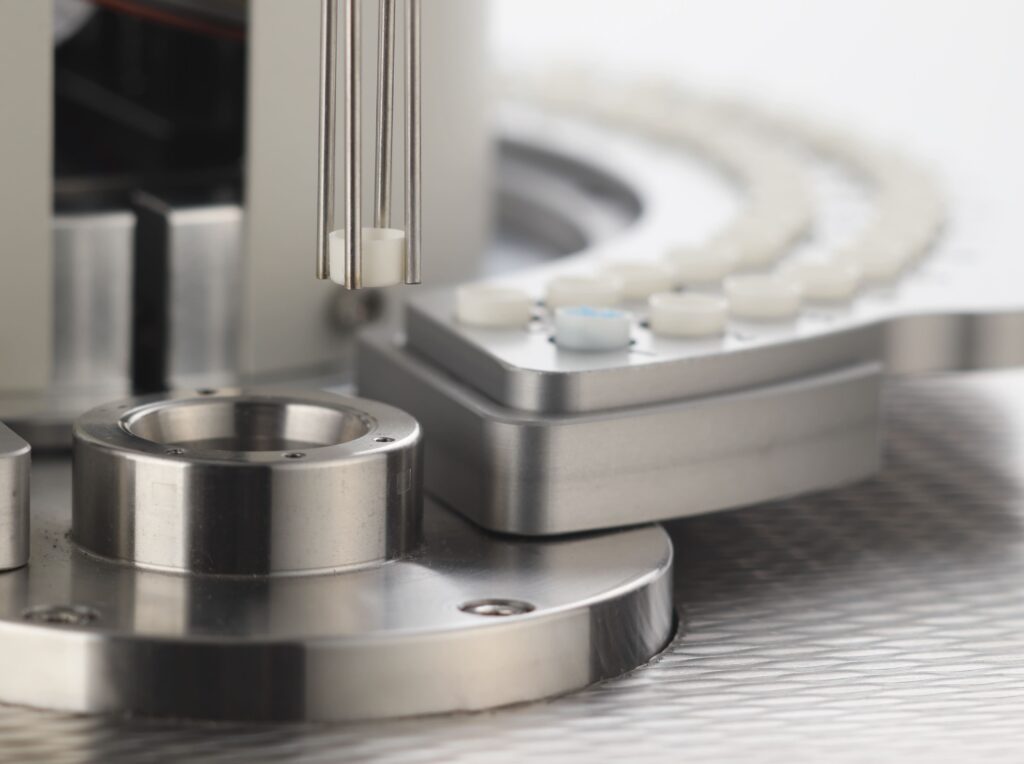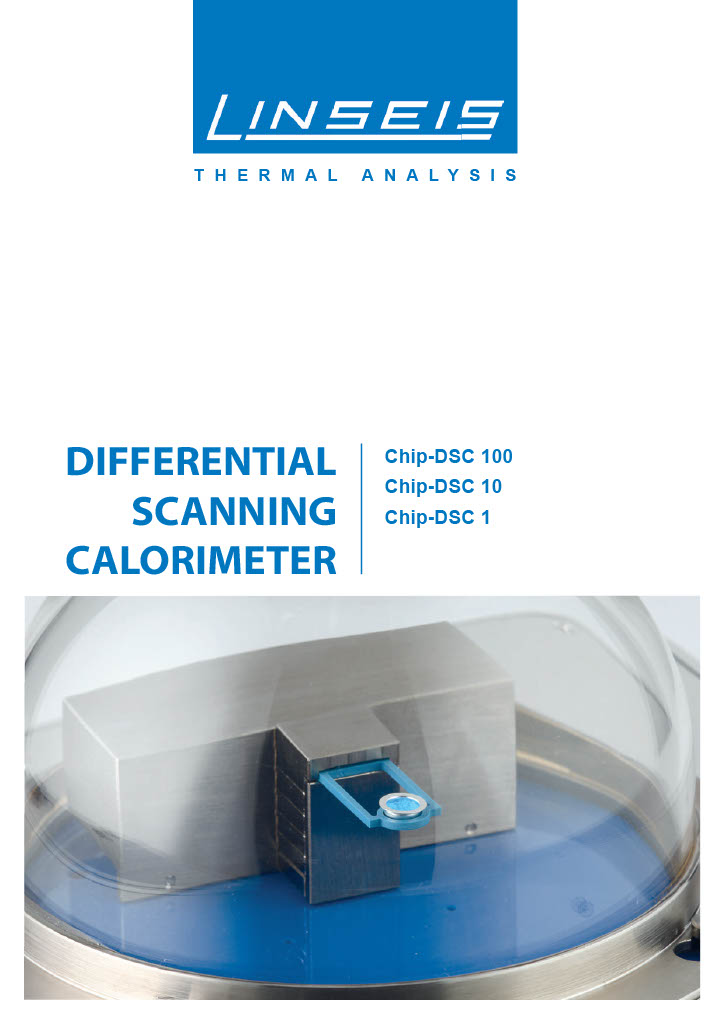The Chip-DSC 100 (Chip-DSC L66 Ultimate) combines the advantages of chip technology with the requirements of our previous DSC models.
Various options such as a sample robot, UV attachment and Raman spectroscopy make the Chip-DSC 100 (Chip-DSC L66 Ultimate) a very versatile measuring device.
The chip technology enables high reproducibility and, due to the low mass, excellent temperature control and heating rates of up to 1000 K/min.
The integrated sensor is easily replaceable and available at low cost.
The integrated design of the chip sensor provides excellent raw data, enabling direct analysis without pre- or post-processing of the heat flow data.
Applications on the Chip-DSC 100 (Chip-DSC L66 Ultimate) can be expanded using various accessories.
You can use various cooling systems in combination with a sample robot.
The sample robot is available with 96 positions.
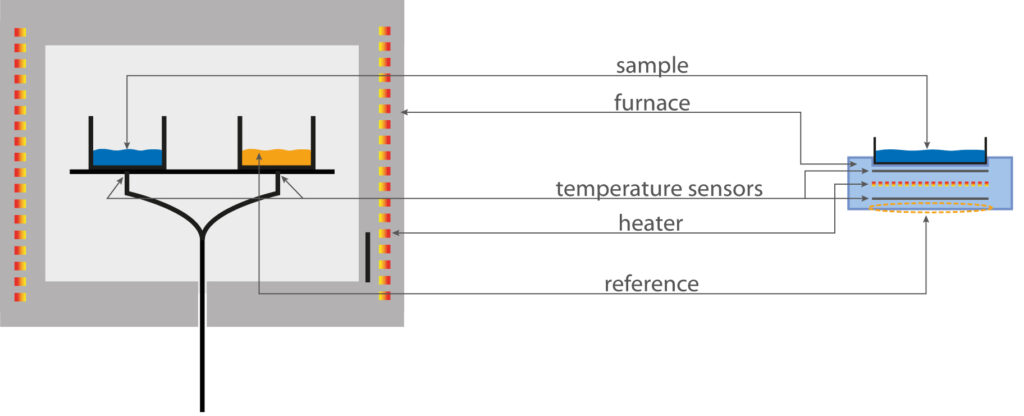
Usual DSC vs. new chip technology
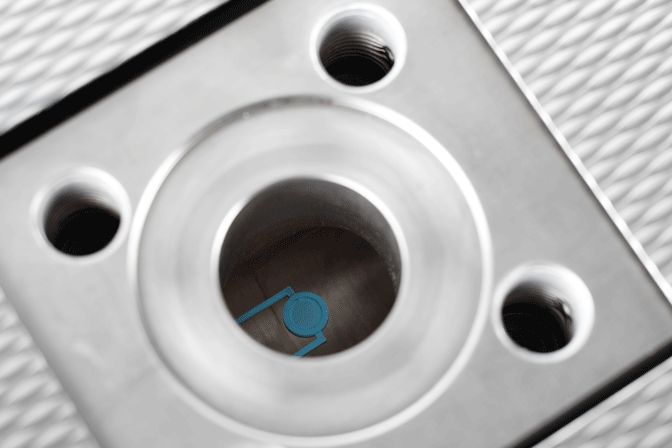
Chip DSC 100 (Chip-DSC L66 Ultimate) with high pressure option
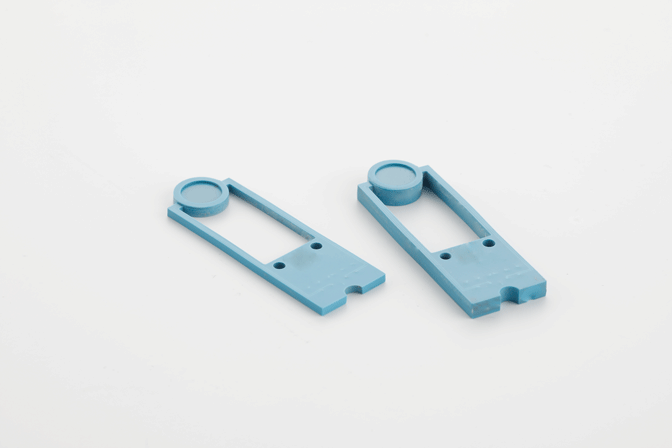
Chip DSC sensors
Chip technology
The world’s only chip DSC sensor with integrated heater and heat flux sensor.
Unsurpassed heating and cooling rates and time constants.
Benchmark resolution – precise separation of overlapping events
The unique sensor design enables excellent resolution and perfect separation of overlapping effects.
Modulated chip DSC with unsurpassed resolution
Highest sensitivity – for the detection of melts and weak transitions
The innovative chip design enabled us to develop a DSC sensor with the lowest possible mass.
This makes it possible to offer a heat flow DSC with an unsurpassed response rate.
Unsurpassed cooling speed – thanks to “low mass” chip sensor
Due to the low mass of our sensor, we can achieve unsurpassed cooling speeds, resulting in new applications and higher sample throughput.
Up to 80% less power consumption than conventional DSC devices
Unique features
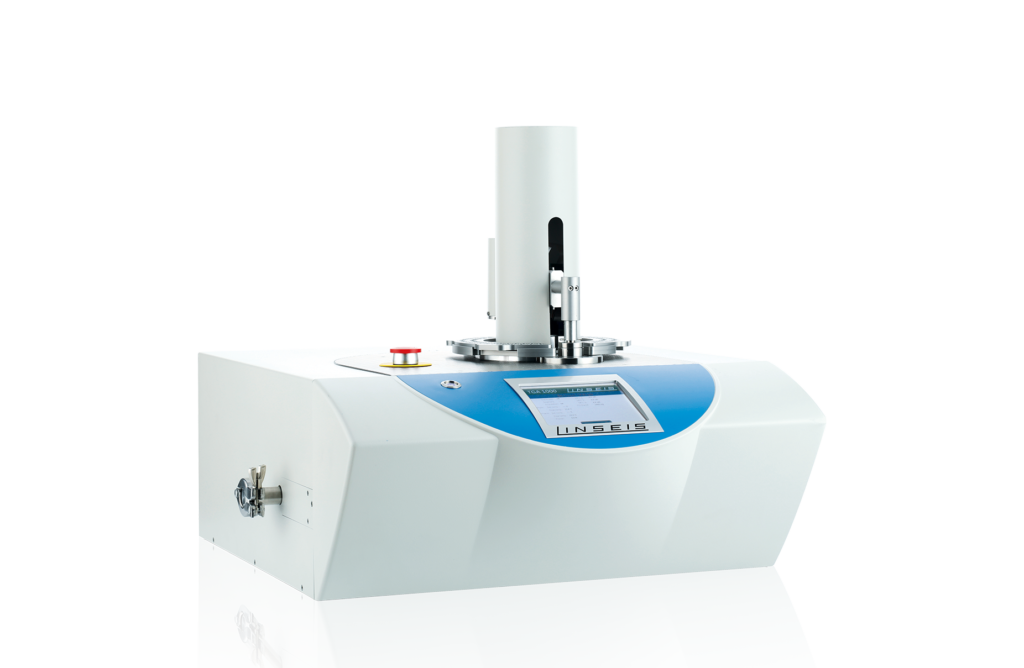
Patented sensor concept
Integrated chip technology
Optional accessories like sample robot or camera
Vacuum tight design
Questions? We're just a call away!
+1 (609) 223 2070
+49 (0) 9287/880 0
Our service is available Monday to
Thursday from 8 am to 4 pm
and Friday from 8 am to 12 pm.
We are here for you!
Specifications
Hard Facts
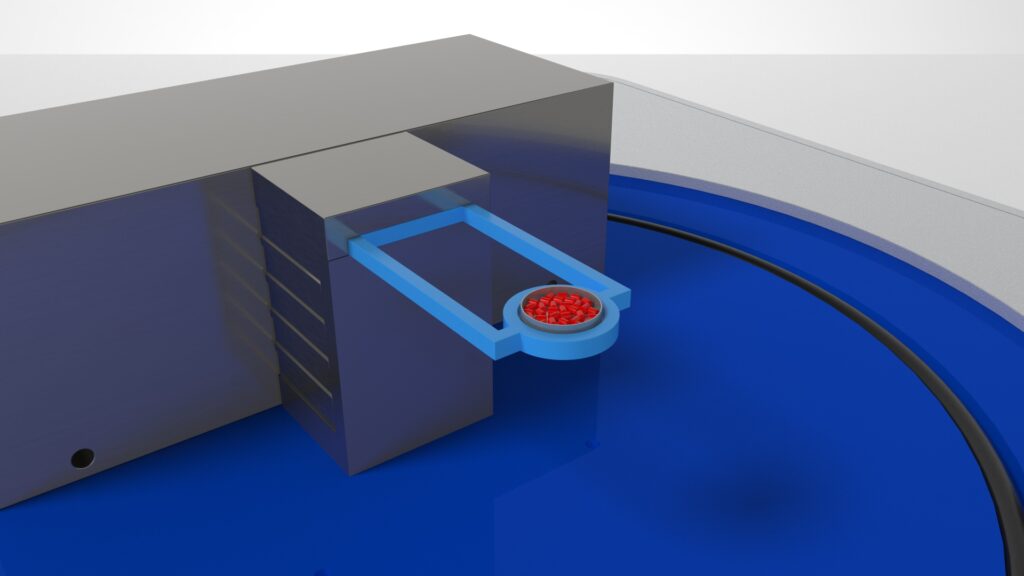
MODEL | CHIP-DSC 100 (Chip-DSC L66 Ultimate)* |
|---|---|
| Temperature range: | -150 up to 600°C (Peltier cooling system, Closed-loop Intracooler, LN2 cooling system) |
| Heating and cooling rates: | 0,001 up to 1000 K/min |
| Temperature accuracy: | +/- 0,2 K |
| Repeatability: | +/- 0,02 K |
| Digital resolution: | 16.8 million points |
| Resolution: | 0,03 µW |
| Atmospheres: | inert, oxidizing (static, dynamic) |
| Measuring range: | +/-2,5 bis +/-1000 mW |
| Calibration materials: | inclusive |
| Calibration: | recommended interval of 6 months |
| *Specifications depend on the configurations |
Optional accessories
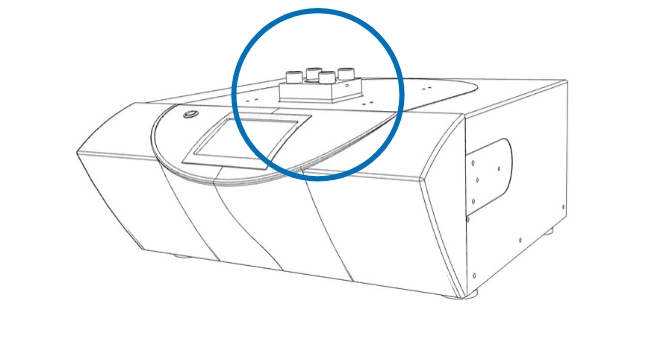
High pressure differential scanning calorimetry – HP-DSC
The 50/150 bar high-pressure cell enables OIT stability tests to monitor the ageing of polymers, oils and greases.
Processes under high pressures can be simulated and optimized, e.g. sorption, chemical reactions, etc.
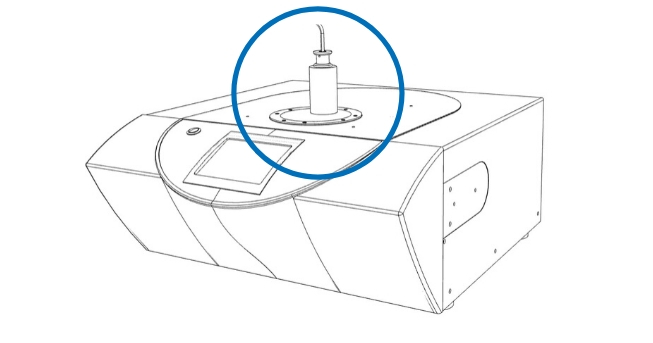
Optical DSC
The Chip-DSC 100 can be equipped with a CCD camera to observe the sample during the measurement.
The visualization of the sample gives a much deeper insight into phase transitions and decomposition processes
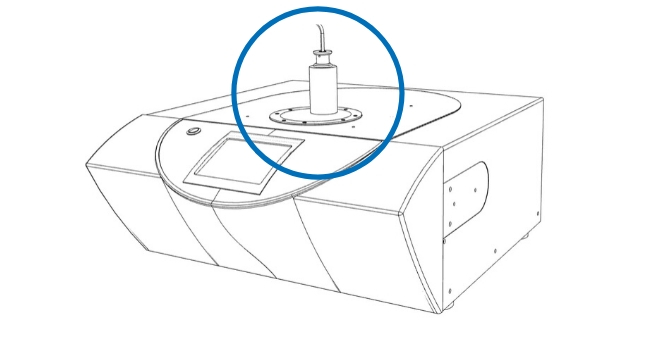
Photo DSC
The photo attachment enables measurements under UV light for investigating UV curing systems.
Due to the very short time constant of the chip sensor, fast UV curing reactions in the sub-second range can also be measured.
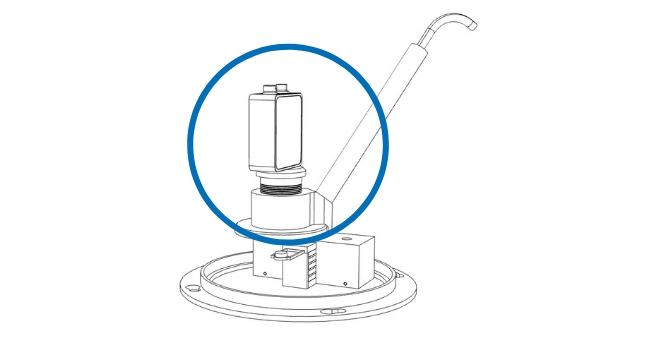
RAMAN DSC
Coupling the chip DSC with a Raman spectrometer can be realized very cost-efficiently.
The amorphous and crystalline phases can be detected very accurately and in situ in the Raman spectra.
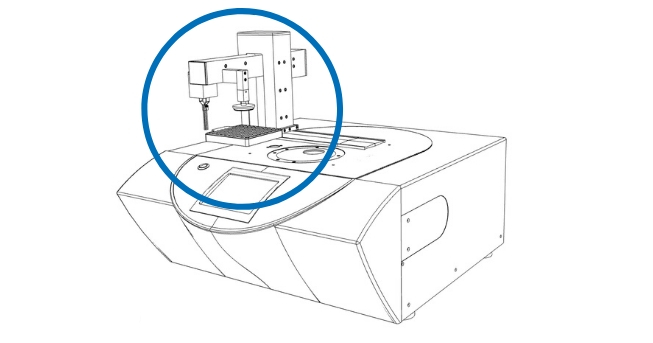
Sample robot DSC
The sample robot for up to 96 samples significantly increases productivity.
The device can run automatically overnight or at weekends.
Together with the intuitive and intelligent software, it reduces costs and saves time.
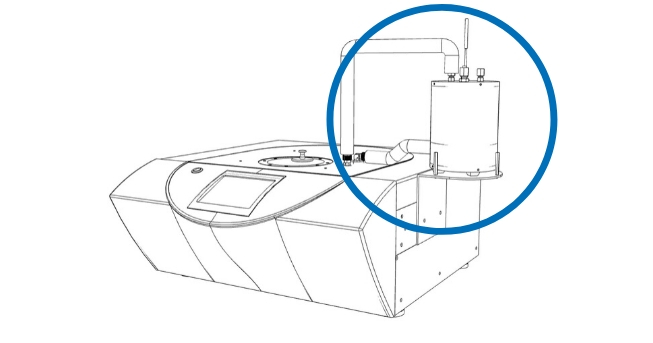
Low temperature DSC
Cooling can be realized with a variety of cooling options: Intracooler, liquid nitrogen cooling or a Peltier cooling system.
The available temperature range under sub-climatic conditions can be extended to -180°C.
Software
Smart solutions for individual use
The new Platinum software significantly improves your workflow, as the intuitive data processing requires only minimal parameter input.
AutoEval offers the user valuable assistance in the evaluation of standard processes such as glass transitions or melting points.
Thermal Library Product Identification Tool, provides a database of 600 polymers that enables an automatic identification tool for your tested polymer.
Controlling and / or monitoring the instruments through mobile devices gives you control wherever you are.

General functions
- Software packages are compatible with the latest Windows operating system
- Set up menu items
- All specific measurement parameters (user, laboratory, sample, company, etc.)
- Optional password and user levels
- Undo and redo function for all steps
- Stepless heating, cooling or lingering
- Multilingual versions such as English, German, French, Spanish, Chinese, Japanese, Russian, etc. (user selectable)
- The evaluation software has a range of functions that enable complete evaluation of all types of data
- Several smoothing models
- Complete evaluation history (all steps can be undone)
- Evaluation and data acquisition possible at the same time
- Data can be corrected with zero point and calibration correction
- The data evaluation includes: Peak separation software, signal correction and smoothing, first and second derivative, curve arithmetic, data peak evaluation, glass point evaluation, slope correction.
Zoom/individual segment display, multiple curve overlay, annotation and drawing tools, copy to clipboard, multiple export functions for graphic and data export, reference-based corrections
Applications
Application example: Measurement of PET pellets
The chip DSC offers high resolution and sensitivity, making it an ideal instrument for this type of polymer analysis.
For example, a PET pellet was heated, cooled by quenching to freeze the amorphous state and then measured with the chip DSC at a linear heating rate of 50 K/min.
The curve shows a significant glass transition at 77°C, followed by recrystallization of the amorphous parts at 170°C and a melting peak at 295°C.
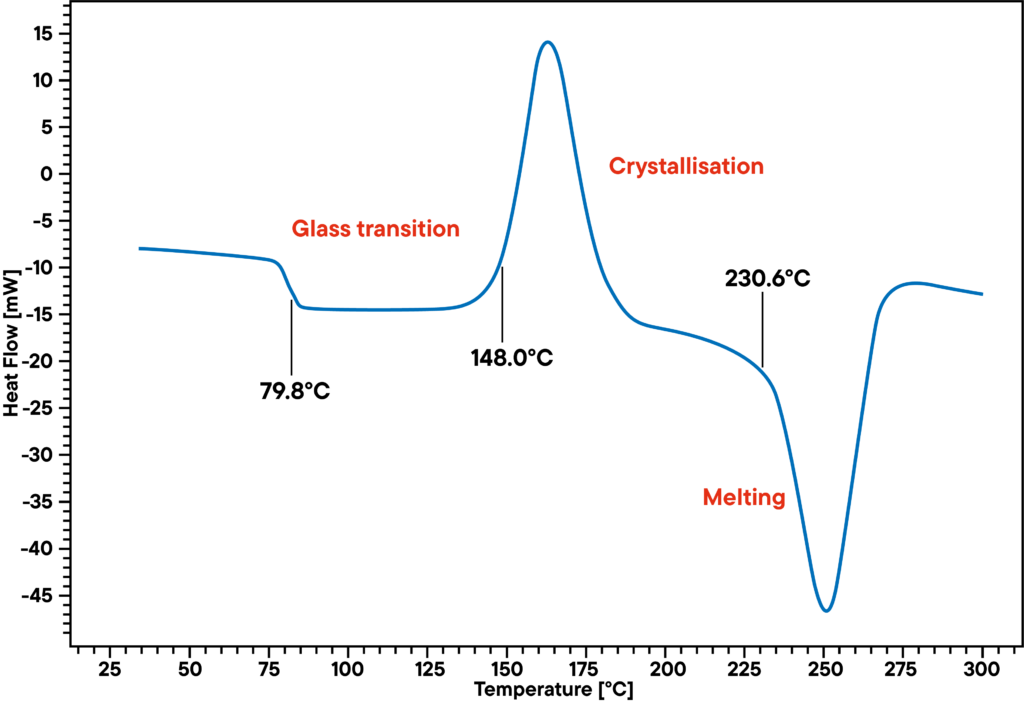
Well informed
